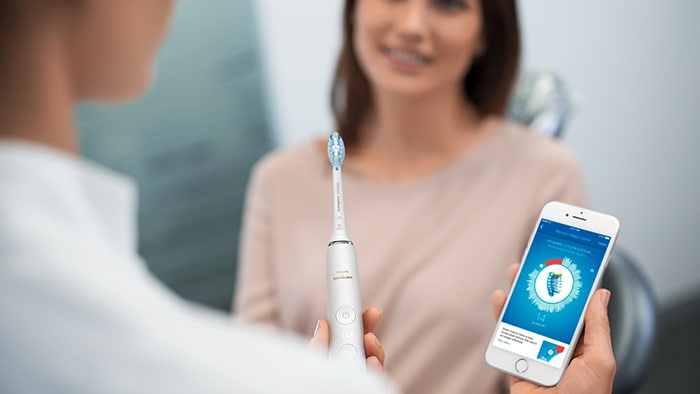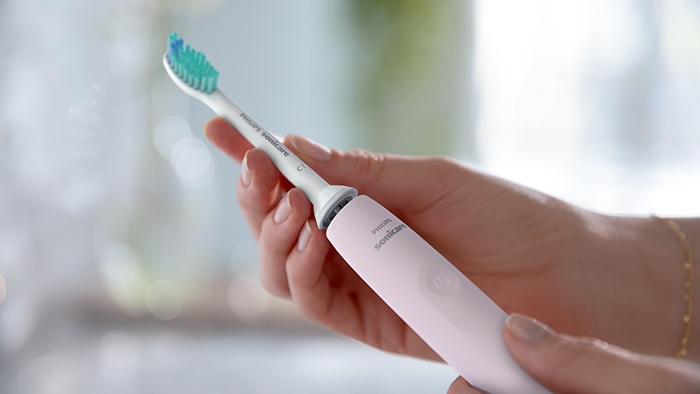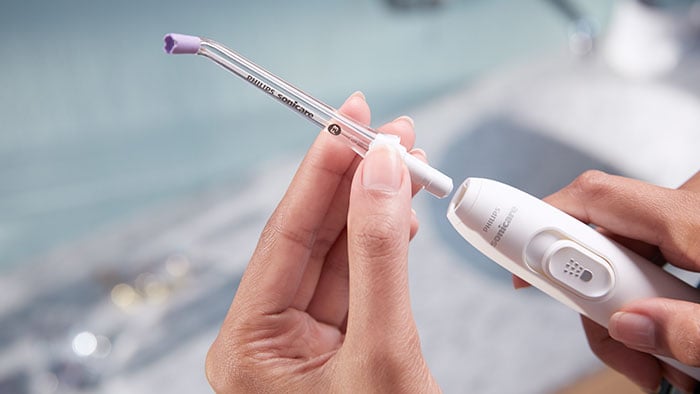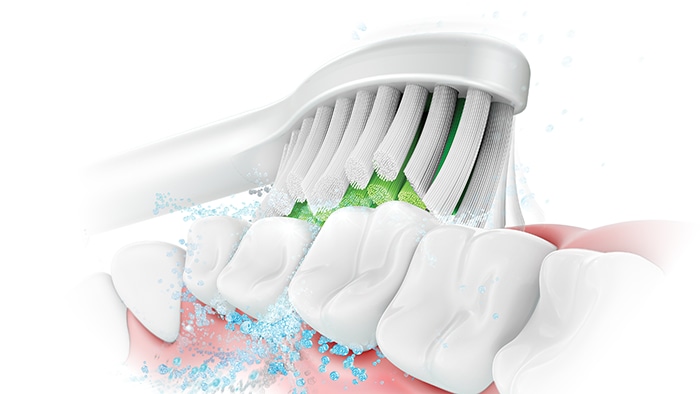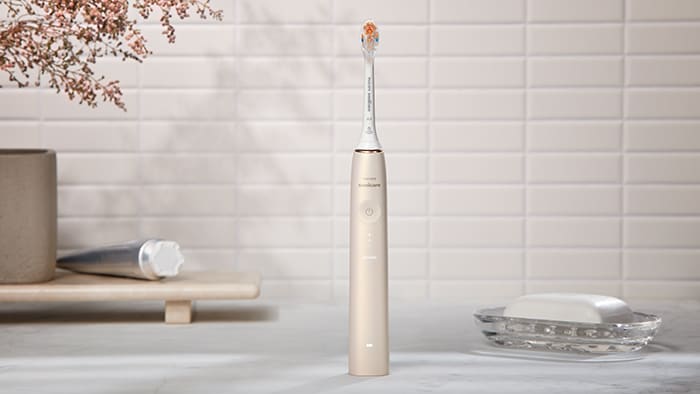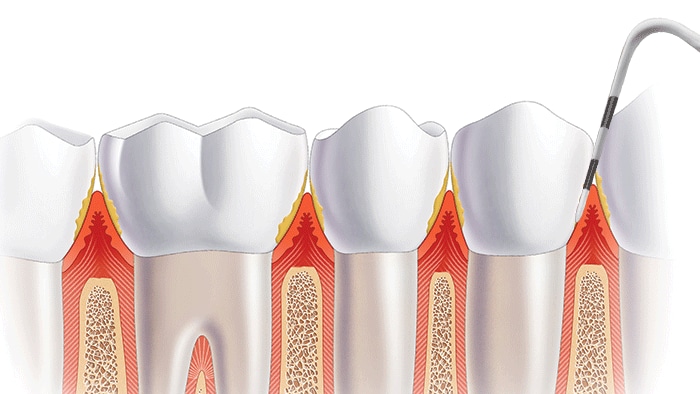Gingival health / plaque removal
In-vivo study
The Effectiveness of Manual versus High-Frequency, High-Amplitude, Sonic-Powered Toothbrushes for Oral Health: A Meta-Analysis
de Jager M, Rmaile A, Darch O (Philips Research, Cambridge, UK), and Bikker JW (CQM, Eindhoven, Netherlands) J Clin Dent 2017;28(Spec Iss A):A13-28. Philips Research, Eindhoven, NL
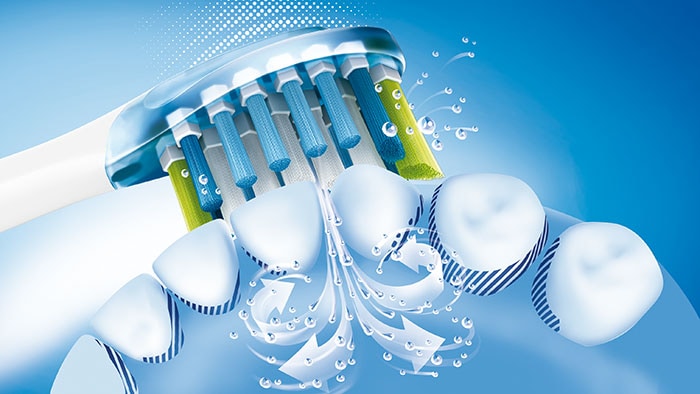
Objective
To compare the everyday efficacy of high-frequency, high-amplitude, sonic-powered toothbrushes versus manual toothbrushes on plaque removal and gingivitis reduction through a meta-analysis of short-term clinical studies.
Methodology
Studies were eligible if they were randomized controlled clinical trials which evaluated both manual and sonic-powered toothbrushes on plaque or gingivitis reduction over a period of four weeks to three months in subjects without disability affecting toothbrushing. Single-use and clinician supervised studies were excluded. To identify eligible studies, searches were performed in databases of scientific publications (Embase, MEDLINE, BIOSIS, Inspec, PQ-SciTech, Compendex, SciSearch) as well as the electronic database of IADR abstracts. Data were extracted from qualifying studies, and investigators were contacted when insufficient information was available. To allow for the meta-analysis, data were pooled to compute standardized mean differences (SMD) and 95% confidence intervals (95% CI) using random-effects models to quantify differences in plaque removal or gingivitis reduction for each study as well as for the overall weighted average across included studies. Sources of heterogeneity and risk for bias were assessed.
Results
Overall, 18 studies comprising 1,870 subjects were included. The results demonstrated that high-frequency, high-amplitude sonic-powered toothbrushes resulted in statistically significantly greater reductions in plaque (SMD = -0.89, 95% CI = [-1.27, -0.51]) and gingivitis (-0.67, [-1.01, -0.32]) when compared to manual toothbrushes. In practical terms, this equates to approximately 20% more plaque removal and 10% greater decrease in gingivitis in everyday use. Although heterogeneity was large, sensitivity and subgroup analysis showed that outcomes were robust, and bias was not apparent.
Conclusions
High-frequency, high-amplitude, sonic-powered toothbrushes decreased plaque and gingivitis significantly more effectively than manual toothbrushes in everyday use in studies lasting from four weeks up to three months. Standardized Mean Difference and Confidence Intervals for plaque removal and gingivitis reduction Results and forest plots for each study with Standardized Mean Difference (SMD) and 95% Confidence Intervals (95% CI) comparing sonic powered versus manual toothbrushes for (left) plaque removal and (right) gingivitis reduction. SMD<0 favors the powered toothbrush.
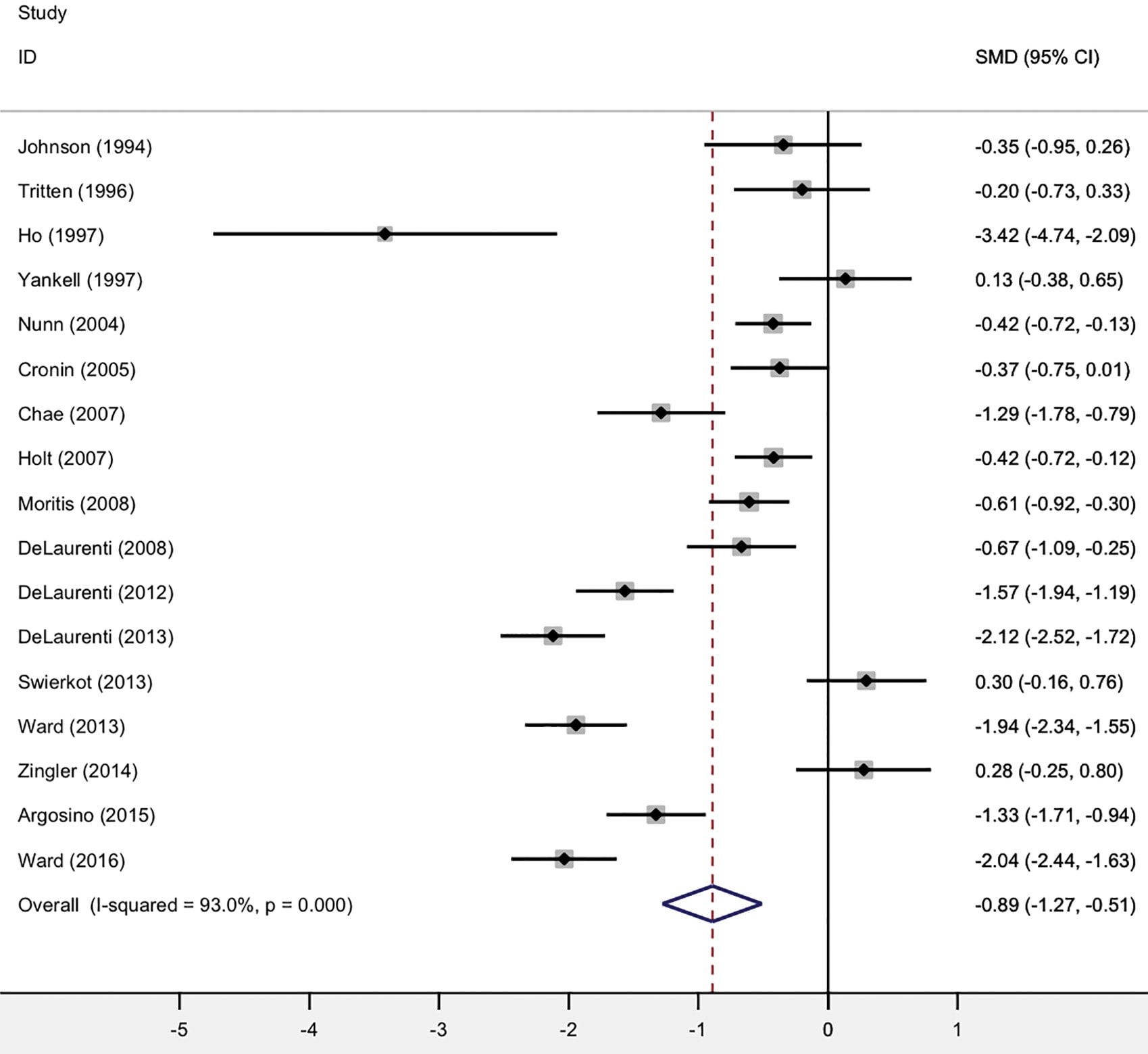
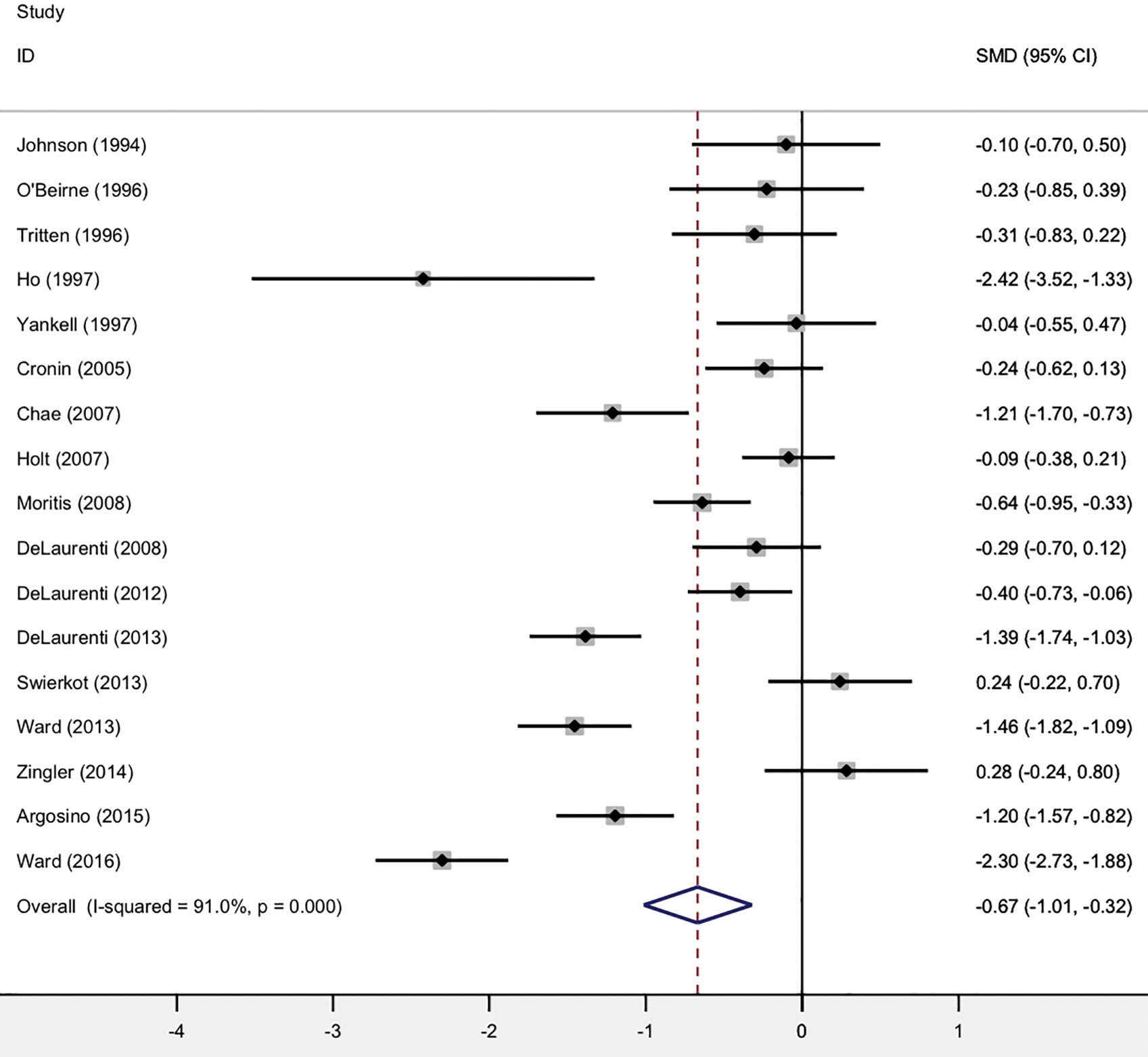
Key Characteristics of Included Studies
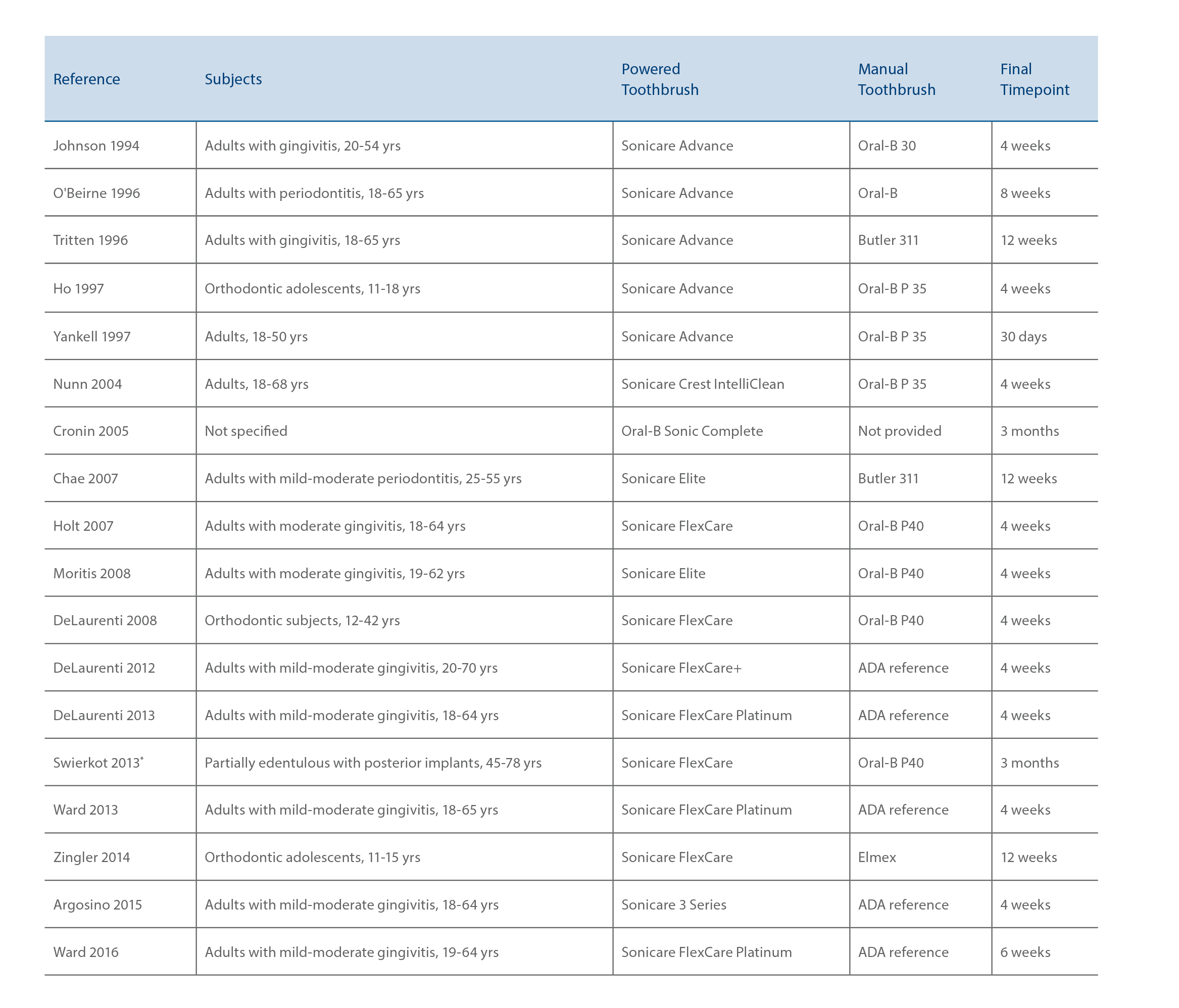
© 2017 Koninklijke Philips N.V. (KPNV ). All rights reserved. PHILIPS and the Philips shield are trademarks of KPNV. SONICARE and the Sonicare logo are trademarks of KPNV and/or Philips Oral Healthcare, LLC. * Study reported data for natural teeth and implant sites separately
1 Jan, 2017 by Philips
Reading time: 4-5 minutes
Share on social media
Contacts

Sarah Berryhill
Clinical Marketing Team
You are now exiting the Philips United States (US) site and entering the Philips global site. This content is intended for a global audience. It may not apply to the US and should not be interpreted as meeting US standards, executive orders or regulations.
Continue Assets

